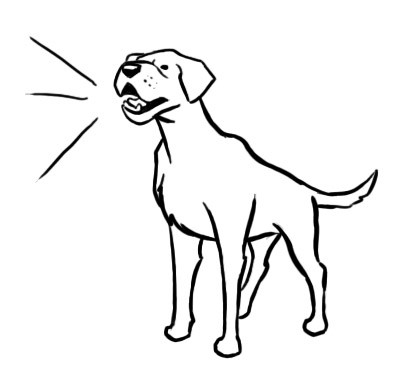Onomatopoeic words - how to distinguish and what parts of speech to include
Such an extremely interesting phenomenon asonomatopoeic words or onomatopoeia, occurs in almost all languages of the world, but for some reason both native and foreign languages are often bypassed. In the lessons of the Russian language, these words are mentioned casually, only when studying interjections. These two groups do have common features, for example, problems with word formation.


Curiously, almost all the varietysounds of the world can be put into onomatopoeic words. Examples are extremely simple - any child will depict the buzzing of a bee or the rustle of grass, barking a dog and bleating a sheep. True, in different languages this will sound quite differently, which seems to be an interesting feature of this phenomenon.
The equivalent of the Russian "Cockareka" in French -"cocorico", and in English - "cock-a-doodle-doo". In addition, Japanese cats mew not at all like Italian cats. The reason for this, it is believed, is the complex nature of the formation of original sounds. Since the human speech apparatus can not perfectly transfer the whole variety of rustles, creaks, rustles and buzzes, the only way is to simulate them approximately, taking as a basis only some characteristic part of the sound. In addition, there is also a subjective perception of the same sound by different people, that's why

English in the sense of useOnomatopoeia is extremely interesting, because in it they got a lot of distribution. The buzzing sound - buzz - went into a noun and a verb with a similar meaning, the same thing happened with the hiss sound. And such English words, which have occurred from onomatopoeias, - a large number. By the way, in Russian, too, there are cases when onomatopoeic words pass into independent parts of speech, but most of them are related to Internet slang.






